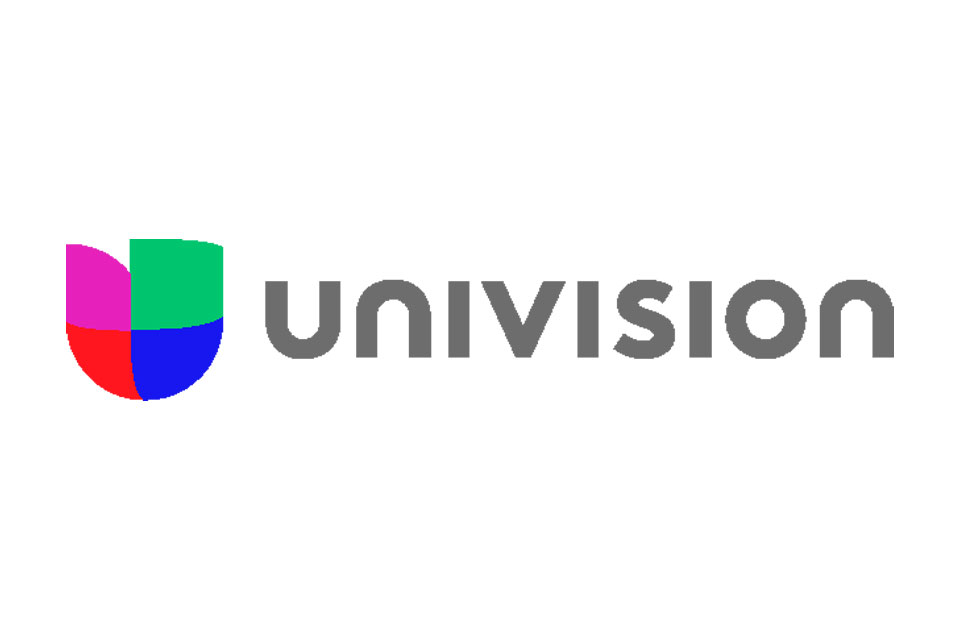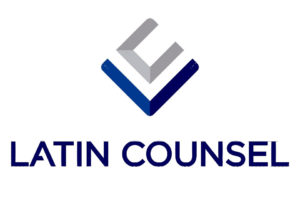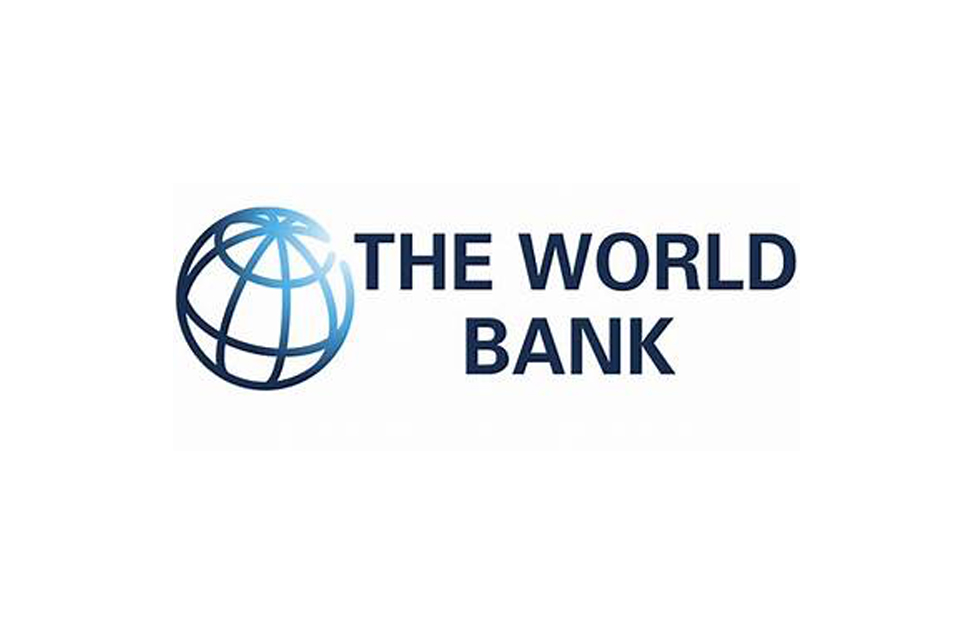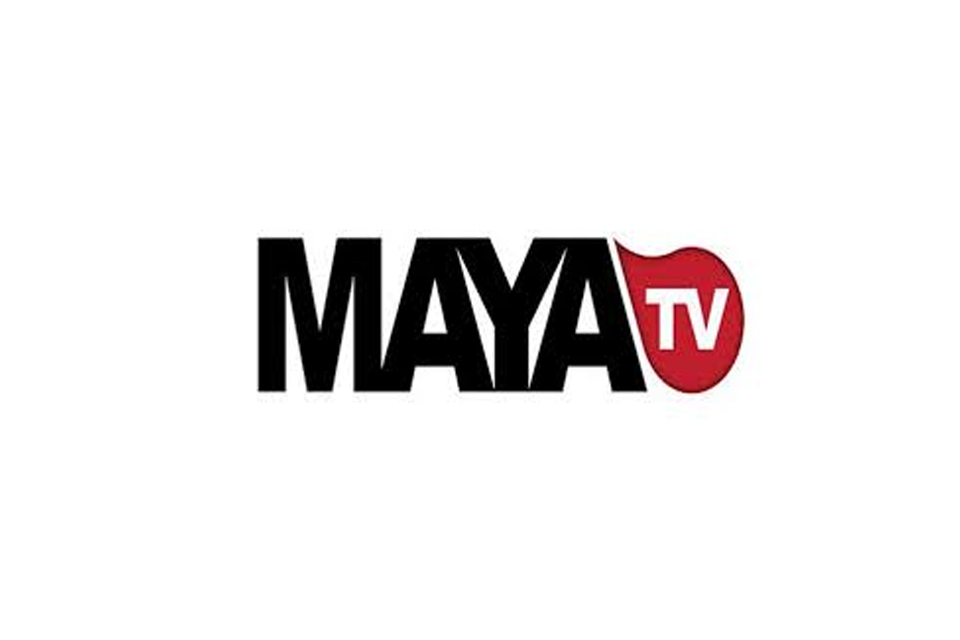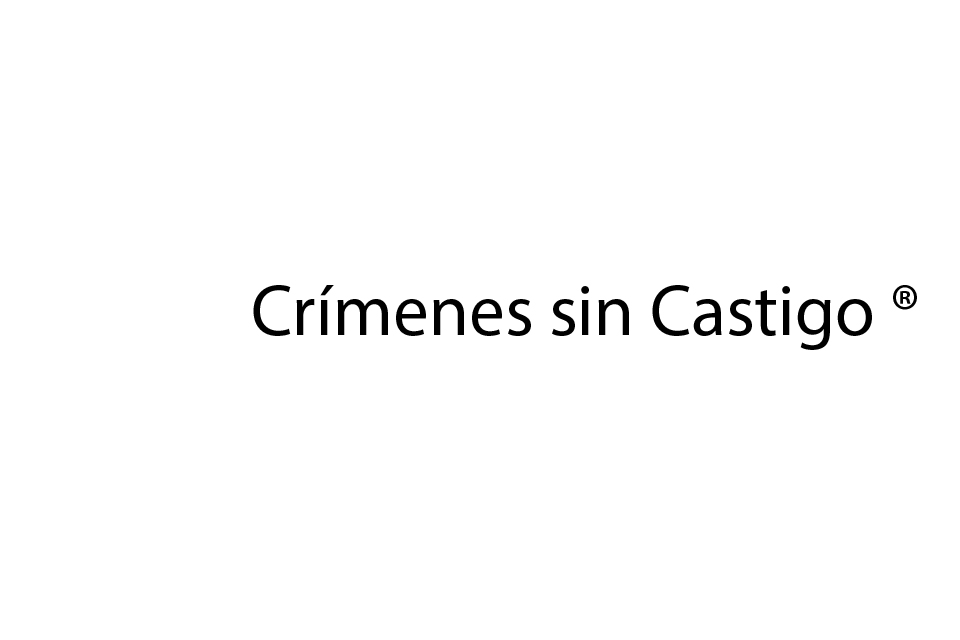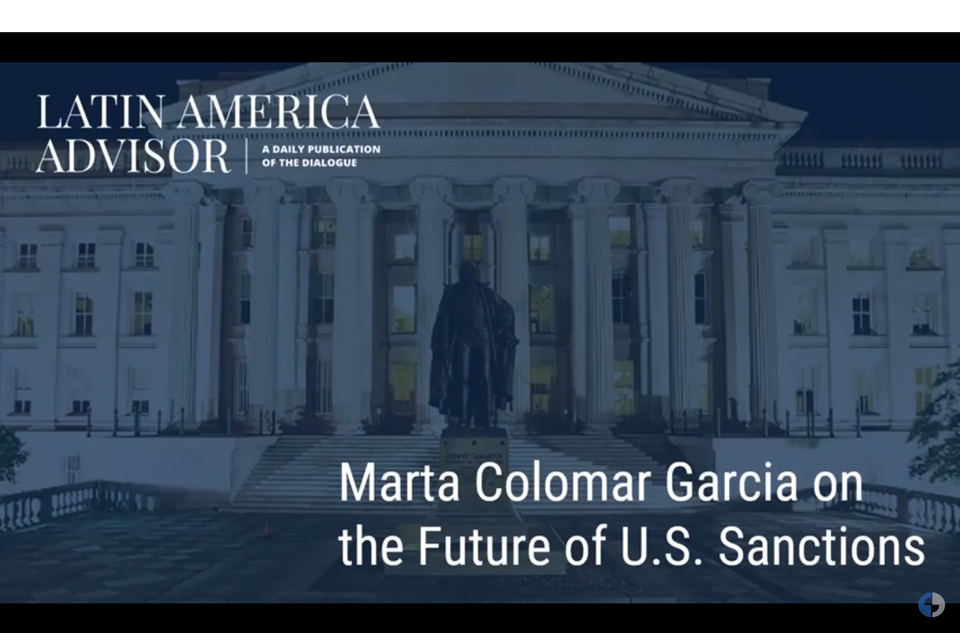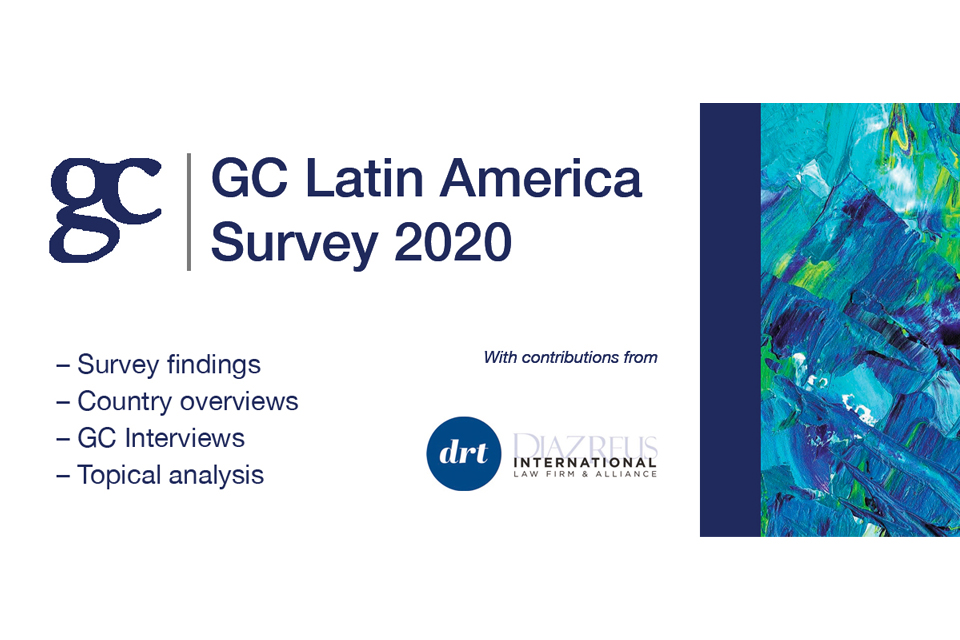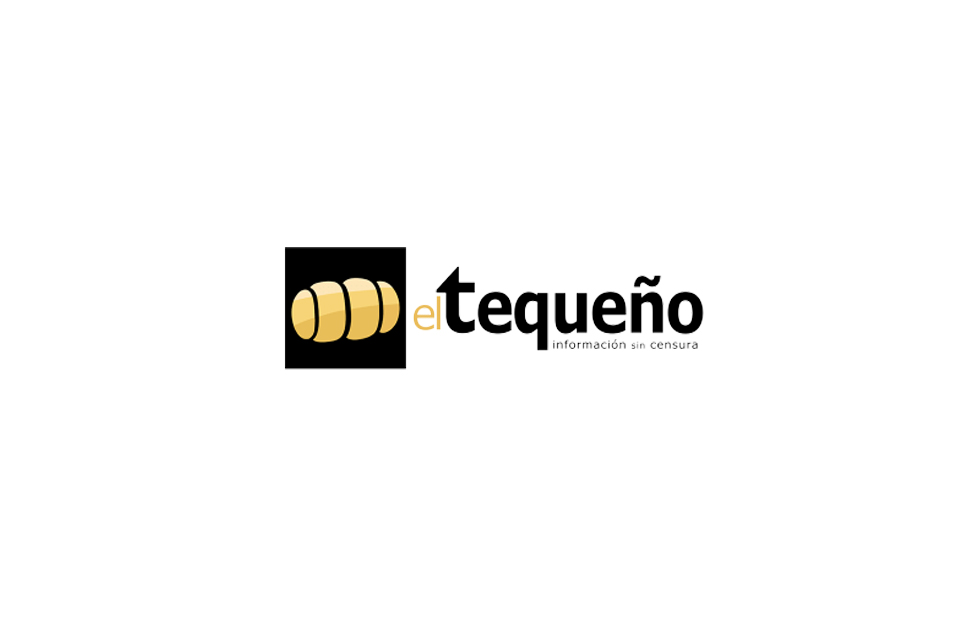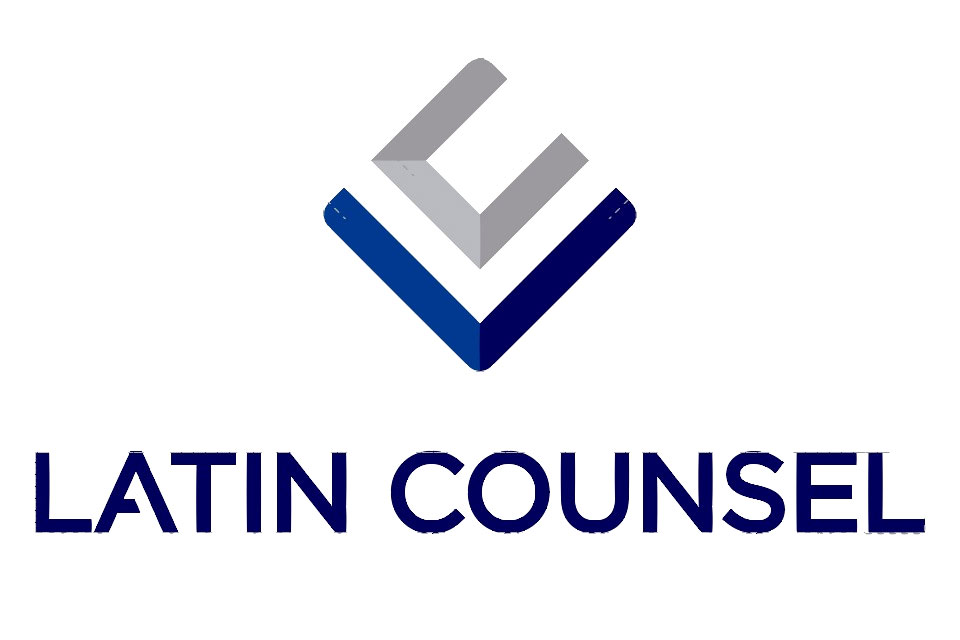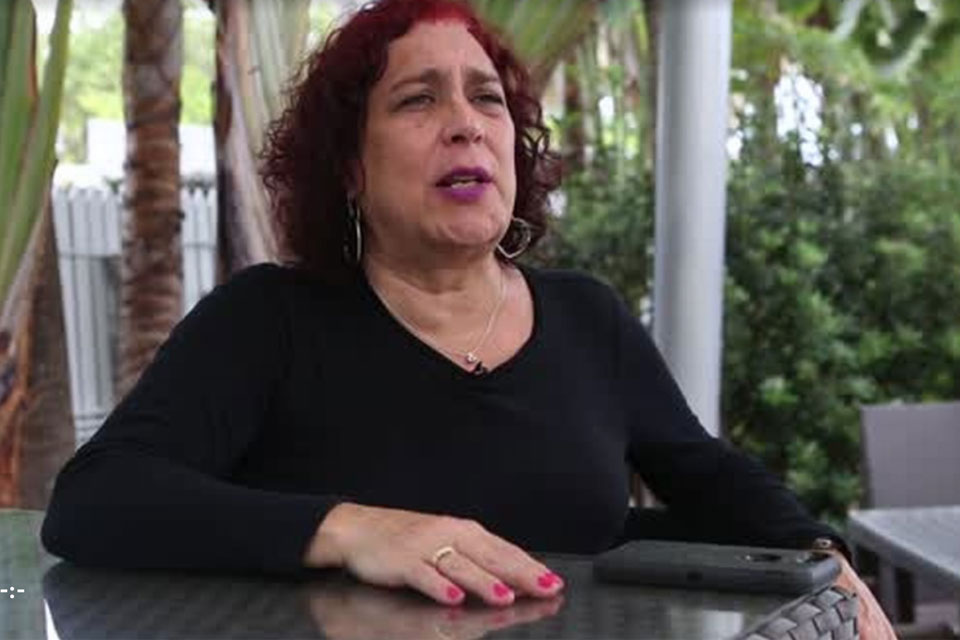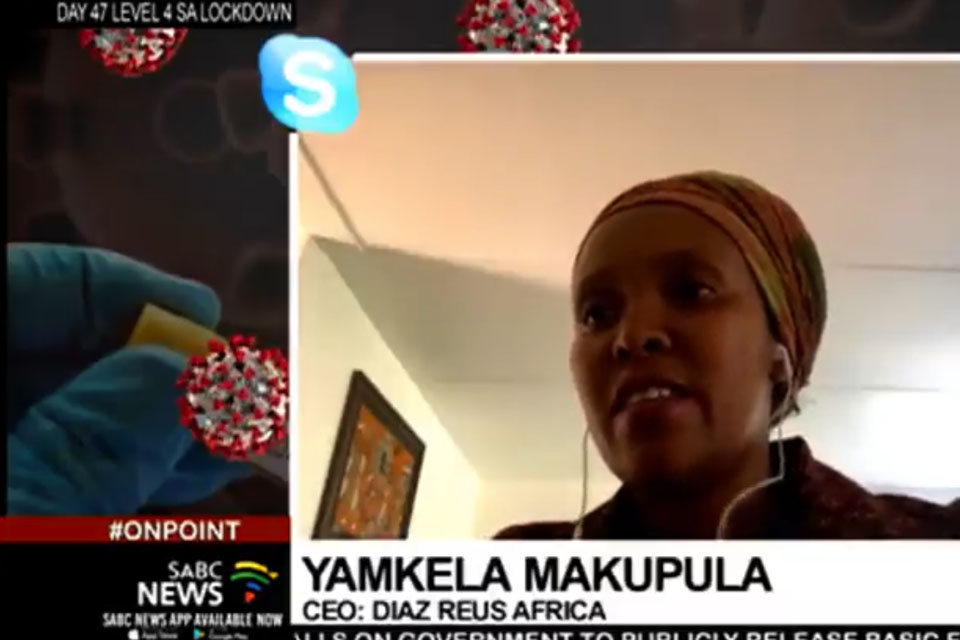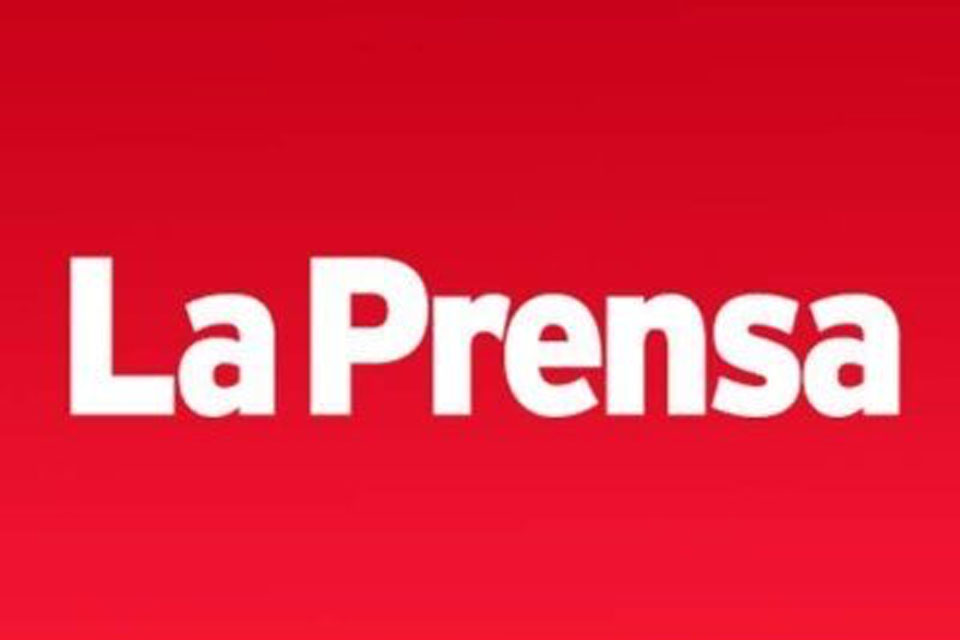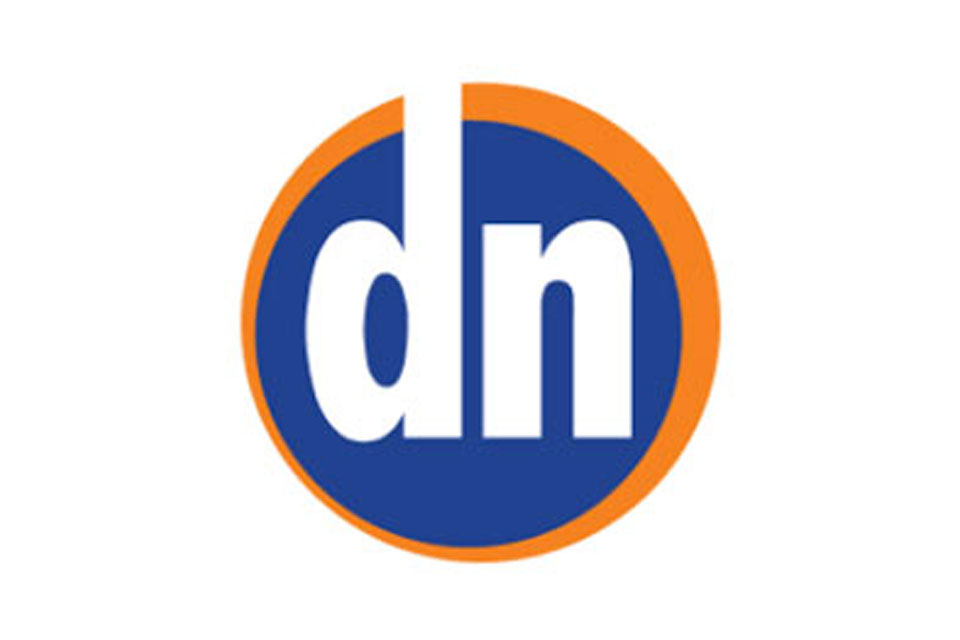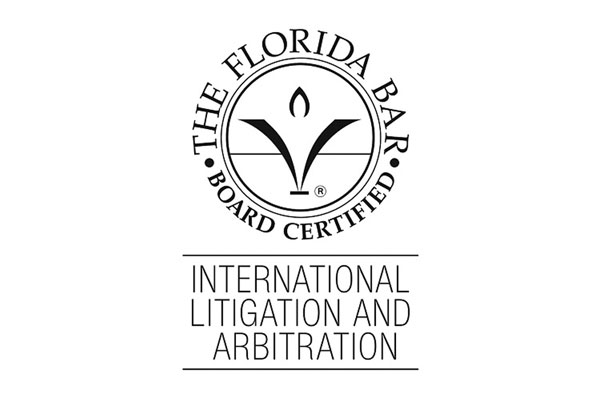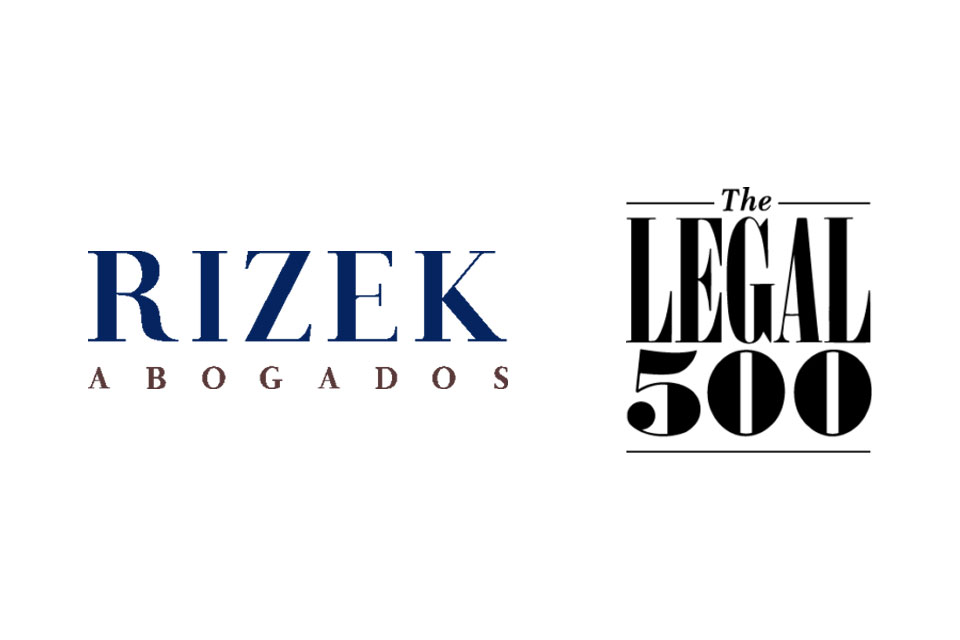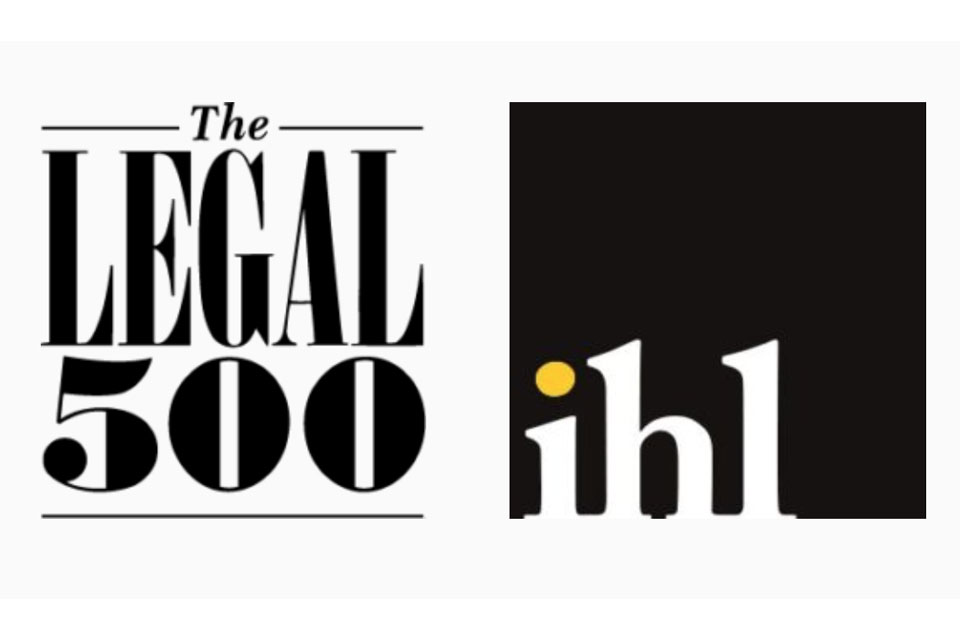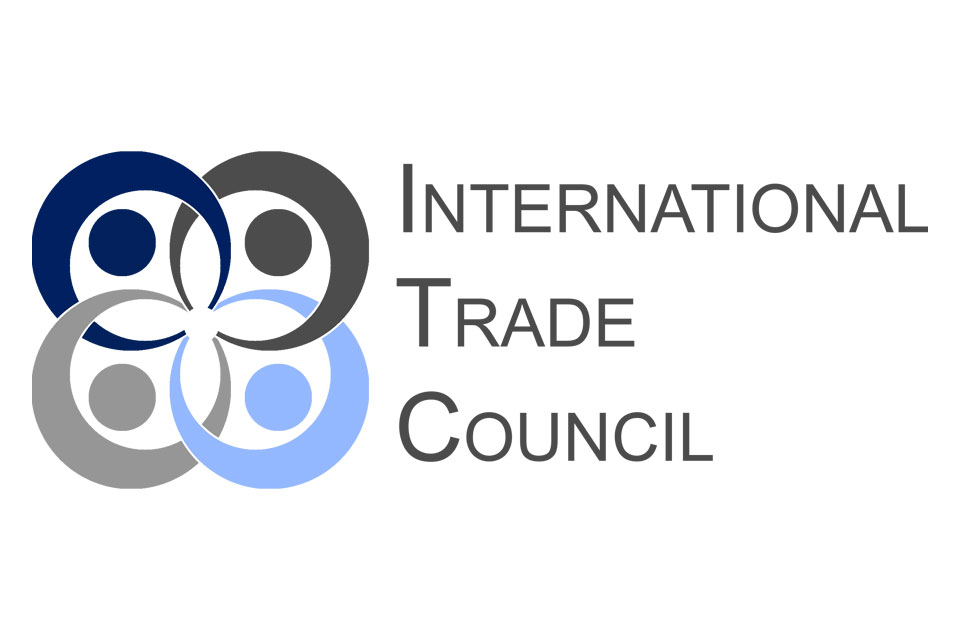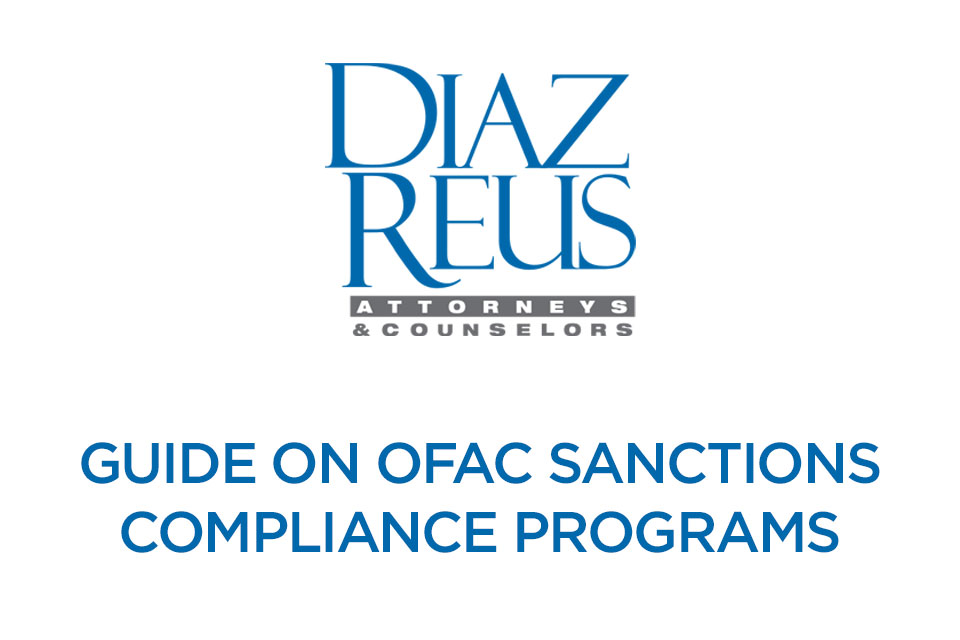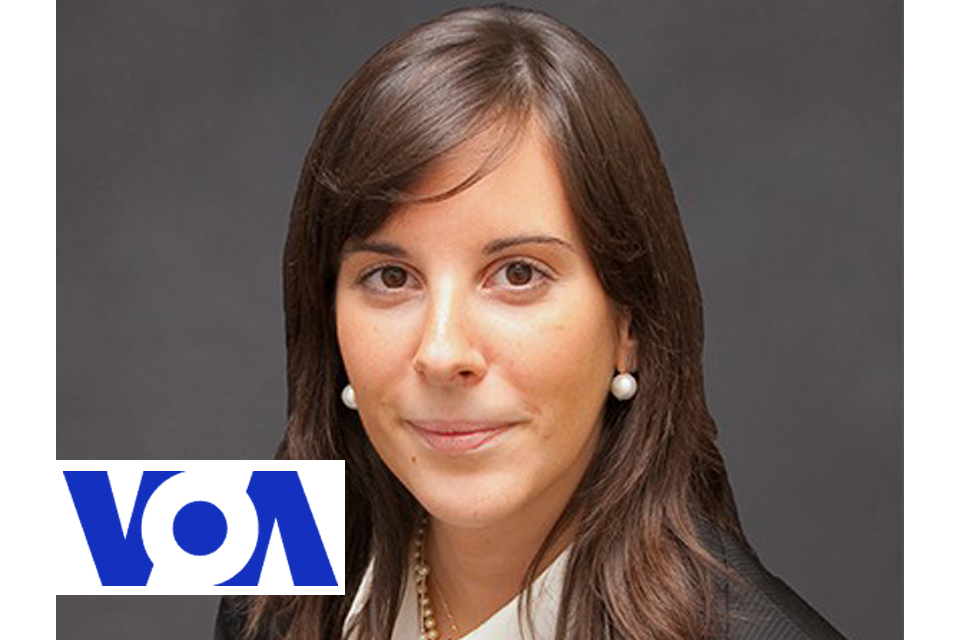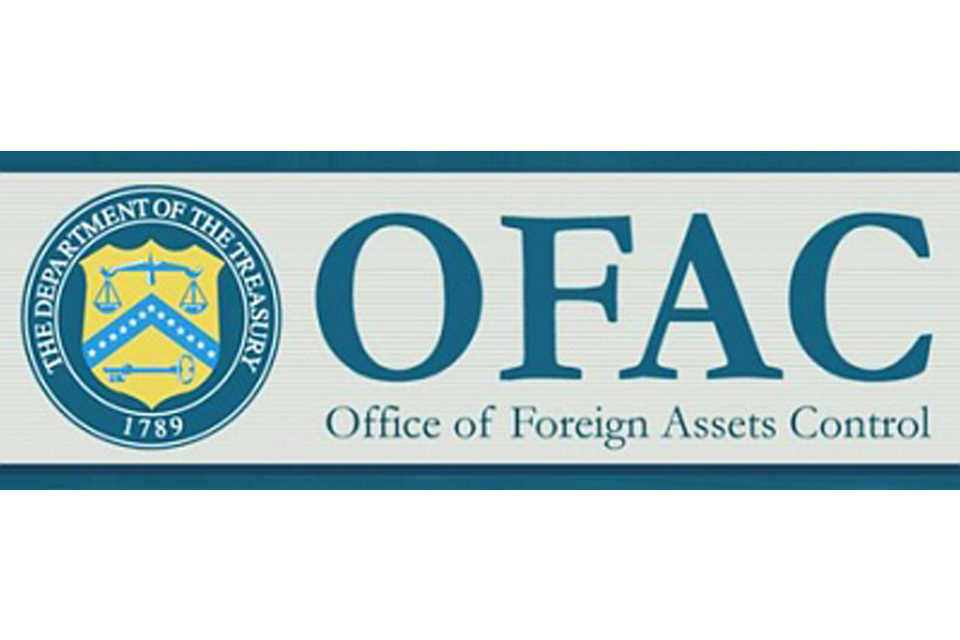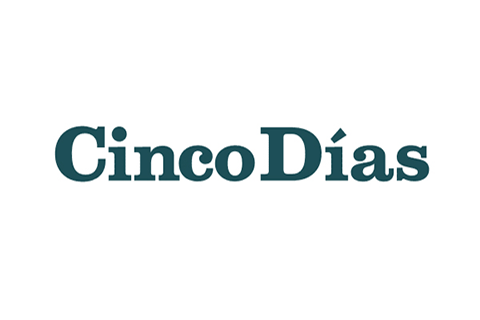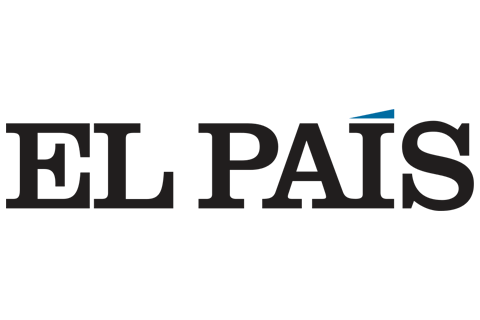Law360, New York (October 18, 2012, 9:23 PM ET) — Units of Exxon Mobil Corp., Royal Dutch Shell PLC and Anadarko Petroleum Corp. picked up leases in Colombia’s latest oil auction on Wednesday, growing their footprints in Latin America’s rising oil giant but steering clear of new shale blocks the country hopes to develop.
Sandwiched between hydrocarbon-rich Venezuela and Ecuador, Colombia has been hampered for decades by violence and tight-fisted state control over its energy fields. But new peace talks with guerillas have calmed oil-rich regions and state-owned Ecopetrol has become creating one of Latin America’s friendliest investment regimes, says Glenn Faass, managing partner of Norton Rose LLP’s Bogota office.
“For many years, Colombia had been known for narcotrafficking, for violence and for instability, and it’s finally shaken that off,» Faass said. «The country is now reaping the benefits.”
Exxon was the high bidder on three onshore blocks in a partnership with state-owned oil company Ecopetrol SA, with bids totaling about $80 million, according to information released by ANH, Colombia’s oil regulator. One block is next to a heavy crude area Exxon is currently exploring in eastern Colombia, near the border with Venezuela.
“In partnership with Ecopetrol we look forward to our future exploration efforts and participation in the development of Colombia’s natural resources,” spokesman Patrick McGinn said Thursday.
Shell submitted a high bid of $11.1 million for one of the auction’s biggest offshore blocks, adjacent to its its existing La Guajira interests in Colombia’s Atlantic waters, spokesman Jonathan French confirmed. No Colombian offshore blocks are currently producing oil, though Shell is completing seismic studies after acquiring the lease in 2011.
Anadarko, a deepwater specialist active in the U.S. Gulf of Mexico, will spend about $21 million on three offshore blocks in northwestern Colombia, near Panama.
Overall, Colombia received bids from 37 companies on a little under half off the 115 licenses it offered, with high bids totaling nearly $340 million. Thursday’s results were preliminary, and the winners will be announced formally next month.
Disappointing for ANH, however, was the lack of interest in its shale blocks, said Faass, who attended the auction. Only five of the 30 licenses in unconventional plays received bids, and all from Ecopetrol. Exxon, the biggest producer of American natural gas and a leader in fracturing technologies, sat tight.
“Unconventional resources were the focus of the bid round, but it did not generate the kind of interest Colombia had hoped for,” said Faass, who said companies with shale money to spend might instead look at more proven plays in Argentina and North America.
The country’s oil scene is far smaller than Venezuela, its neighbor to the east. It has about reserves of about 2 billion barrels — a fraction of Venezuela’s 296 billion barrels — and its fields tend to be smaller, in the hundreds of millions of barrels, rather than the billion-barrel giants found across the border.
But what it lacks in bounty, Colombia makes up for in hustle. After a decade of steady declines, oil output is on the rise. The country has quietly become the third-largest producer in South America, behind Venezuela, Mexico and Brazil. It pumped twice as much oil as Ecuador last year, despite having about one-third of the reserves, according to BP PLC energy data.
And it has done it on its own terms, repeatedly declining to join the Organization of Petroleum Exporting Countries. Today it is one of just nine non-OPEC countries that produces 1 million barrels per day, a number officials say could hit 1.5 million buy 2015.
But reserves are low, and to boost future production, the country is increasingly welcoming foreign partners, said Marcela Blanco with Diaz Reus LLP’s Bogota office.
Recent energy reforms allow foreign firms to own 100 percent of oil projects and give them the same rights and benefits as a domestic investor. Longer exploration licences and a lower, sliding-scale royalty rate — changed from a flat 20 percent to between 8 and 25 percent, depending on output — have sweetened the pot, she said.
“Colombia is now well-known among the oil investment circle as one of the most promising E&P investment markets,” she said.
The list of 53 prequalified bidders released in Wednesday’s auction included units of four of the six supermajors — Exxon, Shell, Chevron Corp. and Total SA — and a handful of midsized independents like U.S.-based Anadarko and EOG Resources Inc., Canada’s Nexen Energy and Talisman Energy Inc. and Norway’s Statoil ASA.
“Colombia is offering a different model of oil development from Venezuela, from Ecuador,” Faass said. “It has become one of the most attractive fiscal and investment regimes in the world, certainly in Latin America, and I think it is counting on that being understood and appreciated.”






















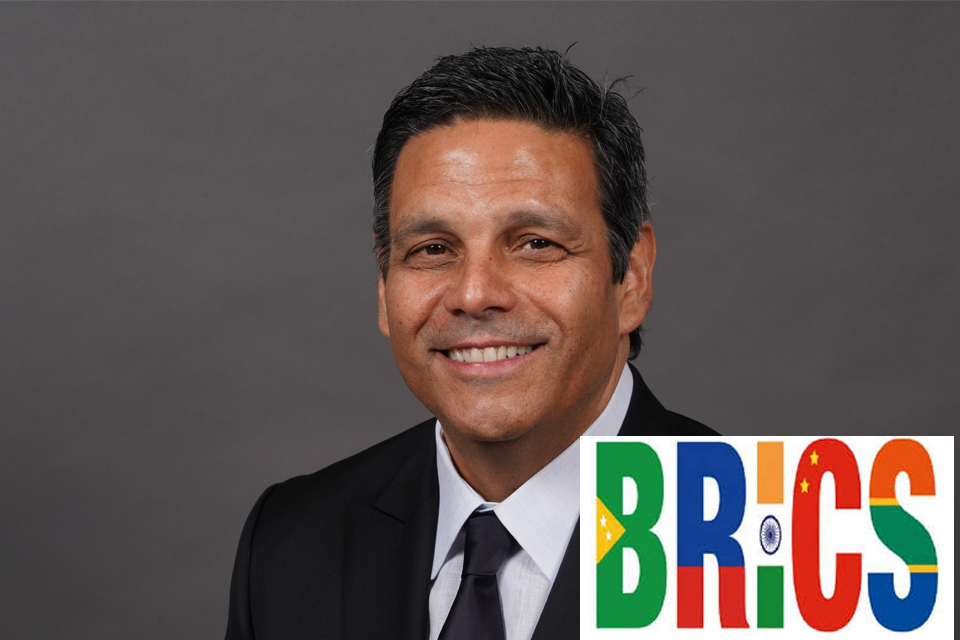






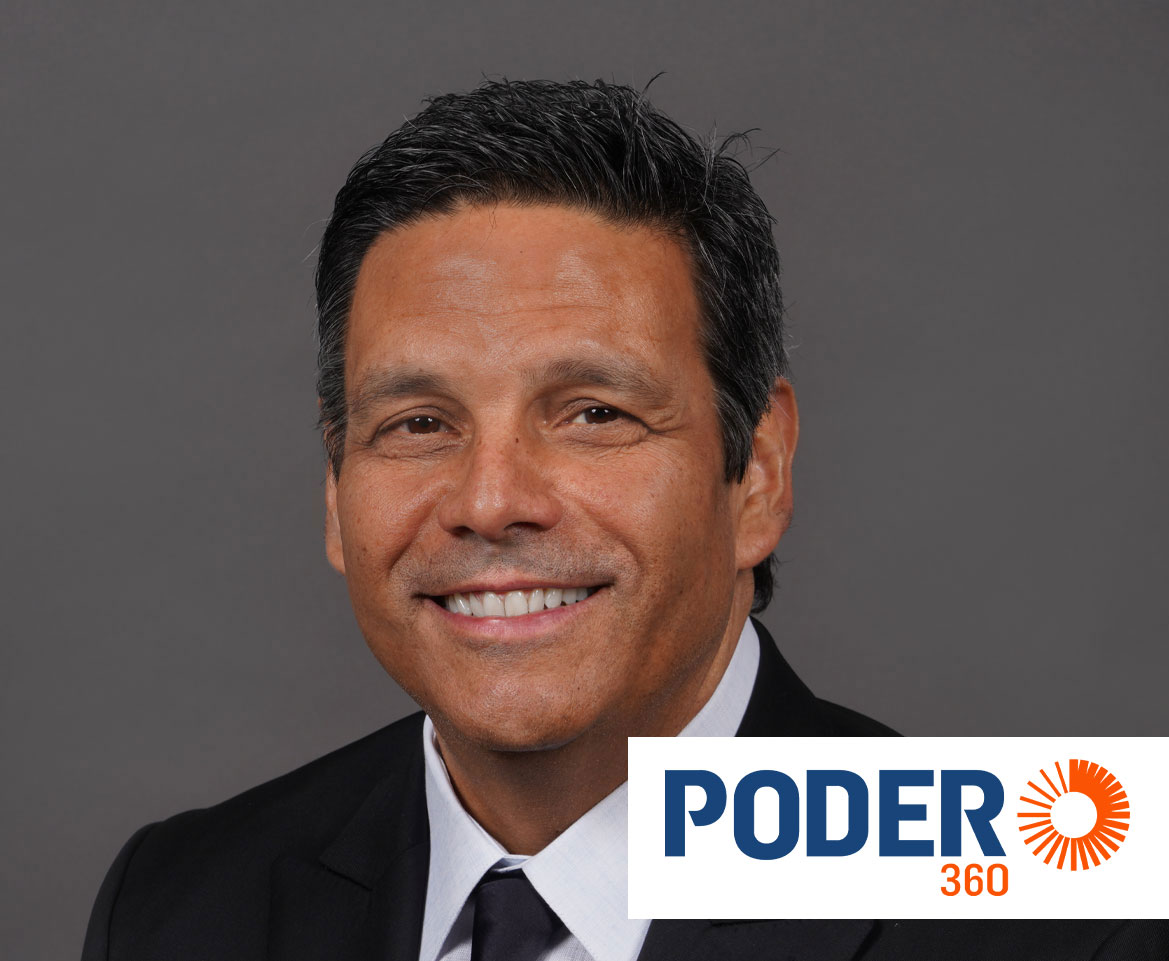














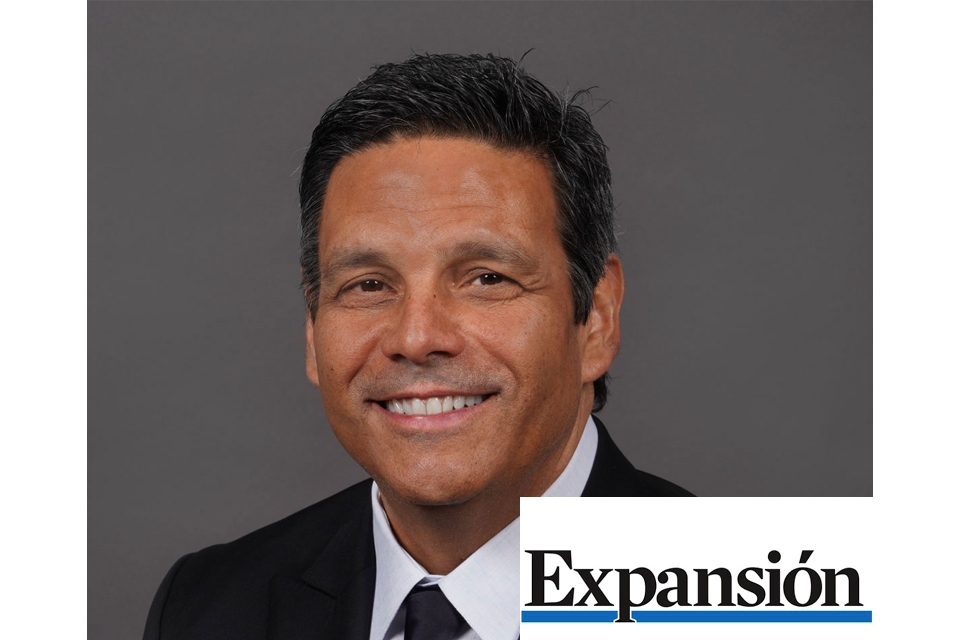




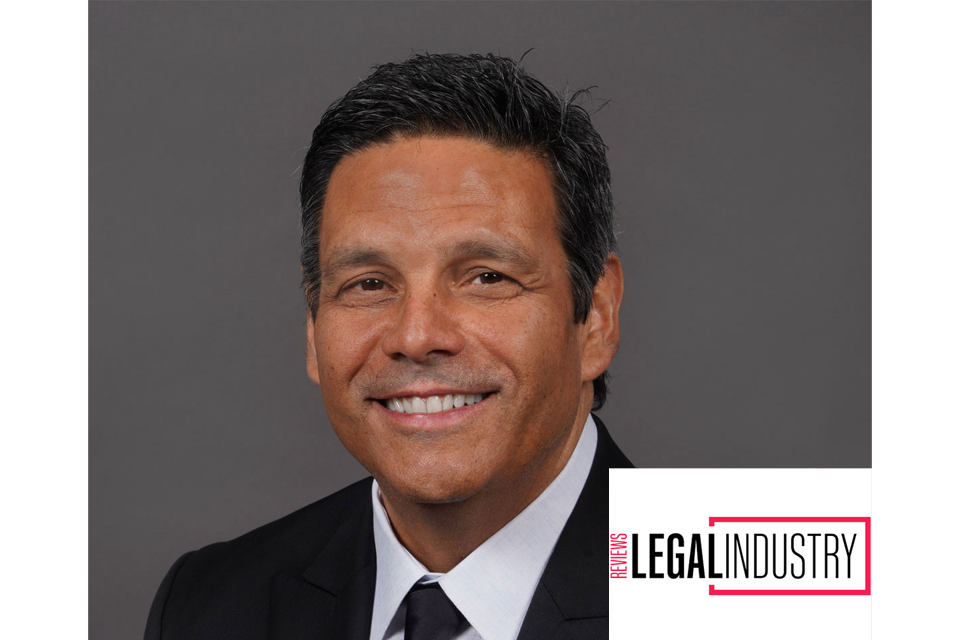







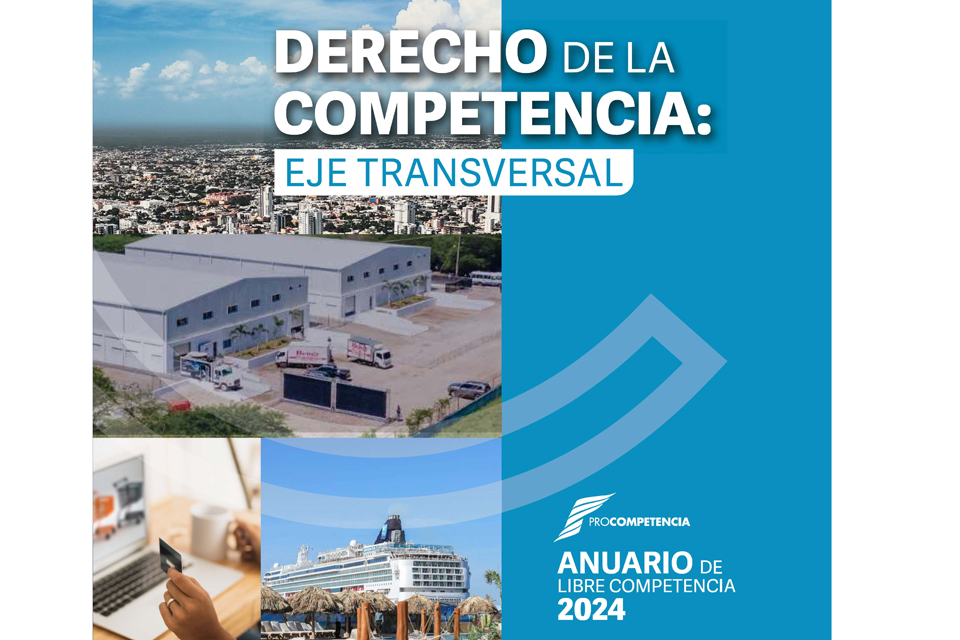
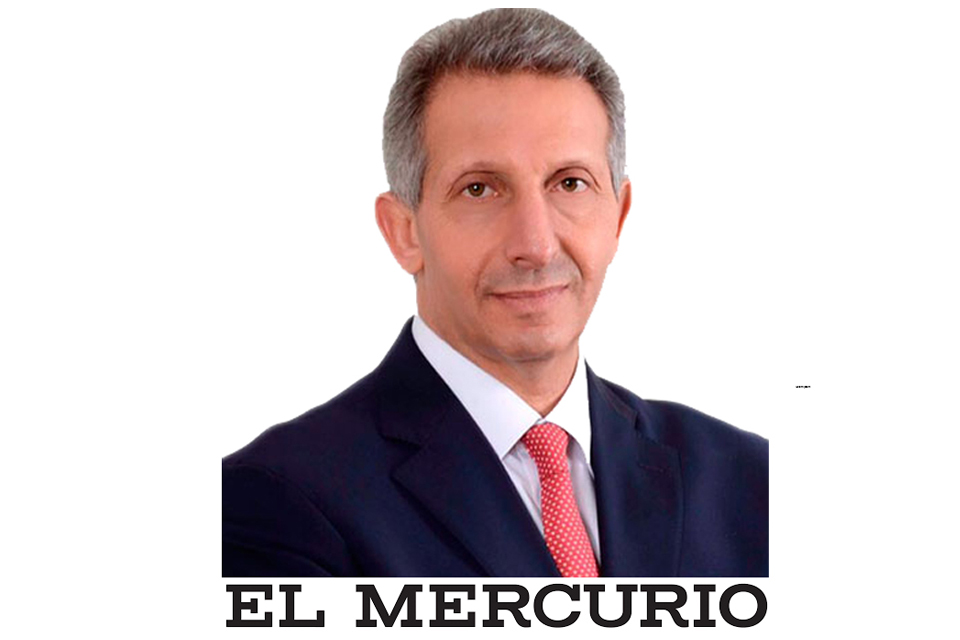







































![Especial abogados Salón de la Fama[61] 4](https://diazreus.com/wp-content/uploads/2023/06/Especial-abogados-Salon-de-la-Fama61-4-1-pdf.jpg)






